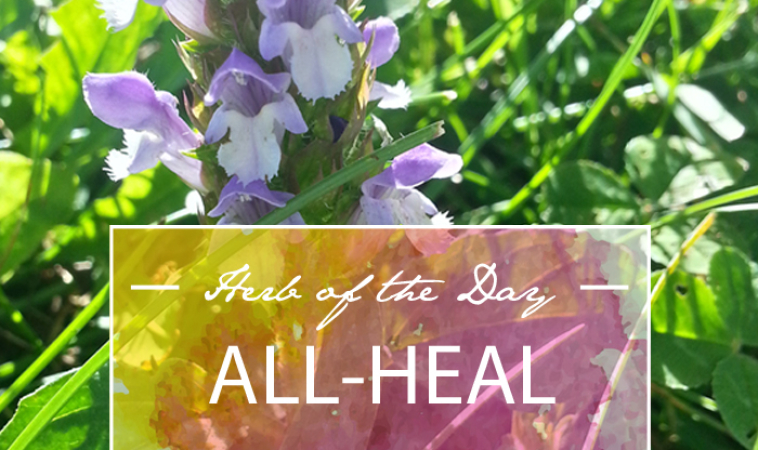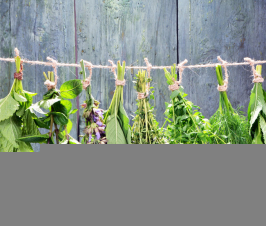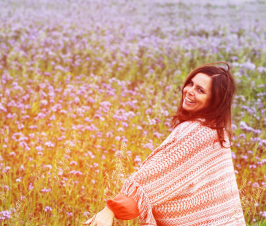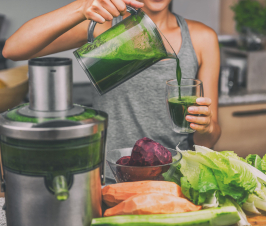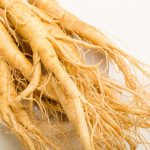Have you ever sat on a lawn and observed the variety of plants within? There is definitely a lot more than just grass and the sign of a toxic lawn is one that doesn’t contain anything but grass. This little cutey can be found in almost every yard, but is often overlooked. Meet All-Heal or Self-Heal (Prunella vulgaris) a small flower with big medicinal value as the name implies.
All-heal is a member of the Lamiaceae, or mint, family. It is edible in salads or cooked and is a good source of calcium. The whole plant is harvested in midsummer and made into salves, teas, or tinctures for use later as a medicine or tonic herb. However, anytime of year that you see it growing and have a wound that needs to stop bleeding, you can chew it and place the poultice on the wound. It’s even beneficial in this way to help decrease the irritation from stinging nettles.
The actions of All-heal are alterative, antioxidant, anti-inflammatory, anti-pyretic, astringent, styptic, anti-allergy, antiseptic, carminative, diuretic, vulnerary, and anti-microbial (bacteria, virus, worms). This all means that it is great internally or externally for any wounds or infections. It can be used for sore throats, ulcers anywhere in the gastrointestinal tract and hemorrhoids. It also has studies showing it’s benefit in cancers because it increases apoptosis in cancerous cells. There are even studies showing that All-heal can be an effective treatment for the following: HIV, herpes simplex, influenza, tuberculosis and other bacteria that use the antibiotic resistant mechanism of Quorum-Sensing.
This ever-present plant is found all over the world thankfully because it is a panacea. It can be used tonically for heart and liver health, or in more concentrated doses for acute concerns.

